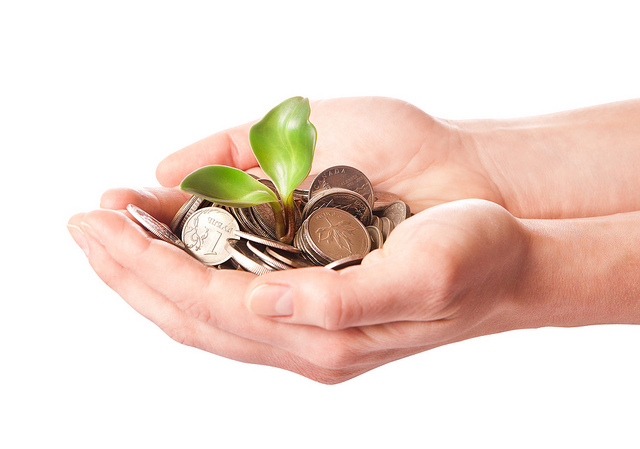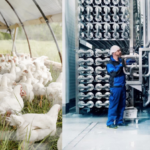A moderate business as-usual-scenario based on the UN projections of slow, steady growth of economics and population, suggests that by 2050 humanity´s demand on nature will be twice the biospheres productive capacity. Is money diversity the solution to address the challenges of our societies and eventually obtain a resilient economy?
According to the UN, the current model of economic growth is socially, environmentally, and economically unsustainable. During today´s conference “Beyond Money”, the speakers discussed the potential of using other forms of currency as a tool to encourage collaboration on long-term solutions that benefits both the economy, nature and society.
Although you might consider money as given, it´s not. Money is created by commercial banks through debt, and this system relies on interest to repay the issued money in the first place. Since money is manmade, it can be reinvented to positively influence relations in the social, environmental and economic domain, Ove D. Jakobsen, professor in ecological economies, argues.
– Change to our current economical system is possible, but it must come on many different levels. We must first and foremost come up with an organic system instead of a mechanic one, before we can change business practice.
This new model based on organic thinking includes the use of local currency, Jakobsen explains.
– Many communities and regions have already introduced complementary currencies without attaching the official monetary values. Instead of thinking top down, you have to think bottom up – starting with the local communities.
And starting with the local communities is exactly what Edgar Kapters, founder of OOIN, a company that wants to innovate the worlds financial system by setting up community currencies, has done.
– The way I see it, money has two functions; Money works as the glue, as a way to be able to do things together, and as the oil that makes things possible. But having just one currency is not the way to do it.
Kapters believes that community currencies can work as a reliable and cost-efficient tool to help communities to reach their goals. One of the forms of community currency that they use are social currencies, which are technologically enabled solutions typically combining timebanking, which is based on the philosophy that for every hour you contributed to the community, you get one hour in return from another community member, and loyalty programmes for retailers.
Co-working cash
In Norway, other types of currencies are not common. However, there is one co-working space in Oslo,that recently started experimenting with a social currency unit.
– We wanted to facilitate more sharing, and came up with co-working cash, says co-founder and daily manager of 657 Oslo, Anniken Fjellheim.
The currency they use has the form of a physical coin, but is only used within the co-working space as payment for small favours and services provided by other co-working members. At the start of the year all members get five coins and by the end of the year, the member with the most coins gets a price.
– However, we are currently looking at other options to expand the social currency. We want to start including people from the outside, like local retailers as well.









